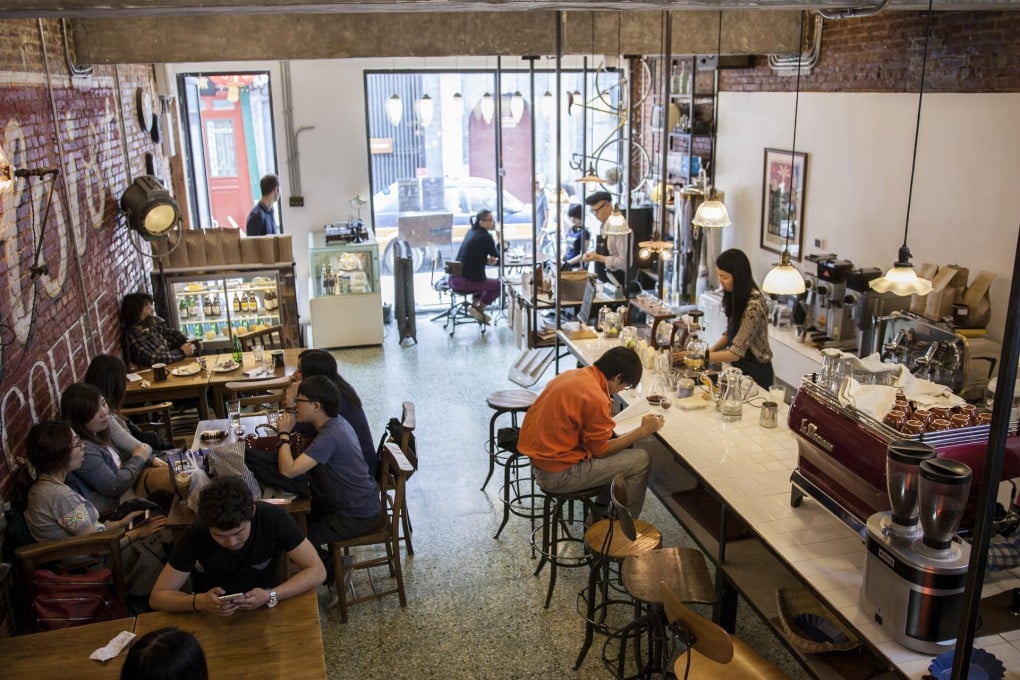Beijing's Dashilar neighbourhood gets a sensitive makeover
Beijing's Dashilar neighbourhood is getting a makeover, and this one will involve the local community, writes Christopher DeWolf

Half a kilometre from Tiananmen Square, an unexpected aroma wafts through the Beijing hutongs - fresh-roasted coffee. The source of that smell is just as surprising.
Housed in a two-storey structure that was at various times a government-run printing house and a public bath, Soloist Coffee opened last September as part of a new wave of design-led businesses that have begun in Dashilar, one of Beijing's oldest yet most overlooked neighbourhoods.
"The interior is a tribute to the industrial age and craftsmen era," says Ma Kaimin, owner, designer and barista, who sourced wooden furniture from around the world to create a space that resembles a cross between a factory studio and an old-fashioned schoolhouse, with exposed brick walls, terrazzo flooring and vintage light fixtures.
Dashilar is a place where you can see this romance of decay but also the potential
This might sound like the preamble to a familiar story of gentrification: old neighbourhood falls on hard times and attracts entrepreneurs, only to become a high-rent destination that destroys much of the original charm. But Dashilar's transformation could well prove different, part of a deliberate effort by Beijing designers to revitalise the area in a sensitive way. If it succeeds, it would be a remarkable achievement in a city with a poor track record when it comes to preserving its old neighbourhoods.
"Dashilar is a place where you can see this romance of decay but also the potential," says Aric Chen, former creative director of Beijing Design Week and design curator at West Kowloon's M+. "Every nook and cranny tells a story, and it makes you think of the many possible ways of preserving and revitalising at the same time."
First settled in the 14th century, Dashilar became a prosperous business district in the Qing dynasty before falling into decay in more recent decades. An attempt in the 1990s to revive its main shopping strip, which is lined with century-old businesses selling tea, silk and medicine, succeeded only in turning it into a tourist trap.
"For most of its history it was Beijing's central business district, where a lot of the old teahouses, opera houses, silk shops, the city's first stock exchange and cinema were, and yet it wasn't somewhere that people beyond tourists thought about as a place to go," says Chen. "It was hiding in plain sight."
